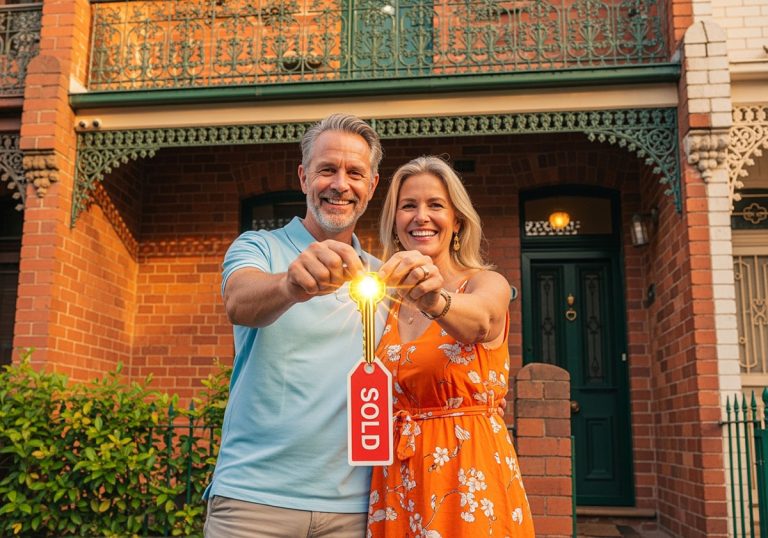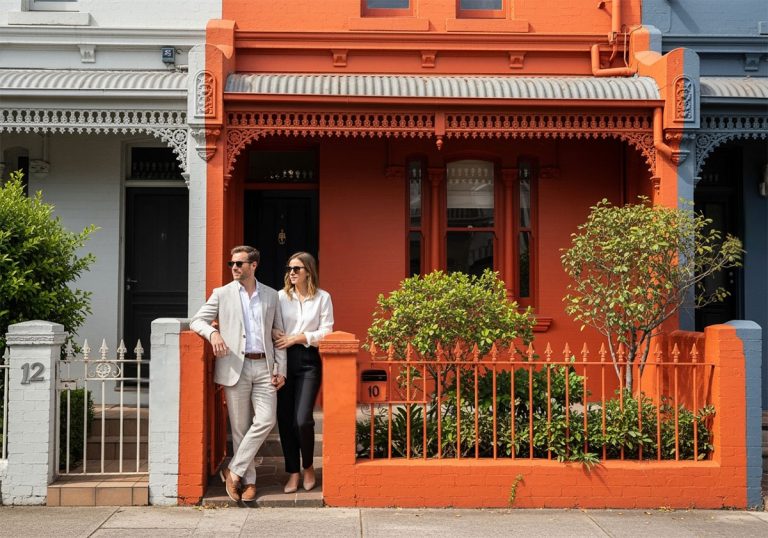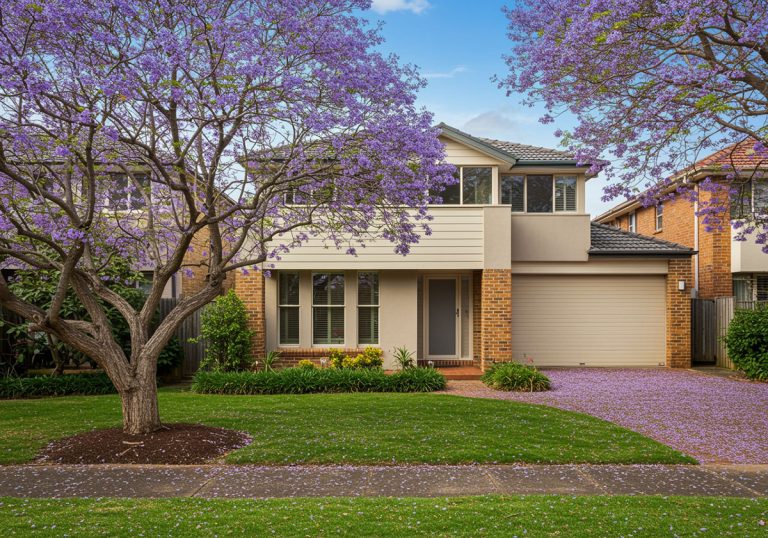Where will the Smart Money Move to in Sydney in 2026?
Buyer’s Domain Insider Series Part 3
This article is the third instalment in our four-part Insider Series, and is focused on investors targeting resilient Inner West assets in well-connected, high-demand suburbs. Where will investors be buying in 2026?
The SMART Investor Move: Where Sydney Property Investors will Buy in 2026
Investors in 2026 will be prioritising blue-chip Inner West locations that combine dependable tenant demand, diversified transport links, and clear catalysts for medium-term value uplift. In a market shaped by tight construction pipelines and ongoing infrastructure improvements, well-located strata assets and renewed character housing continue to demonstrate robust liquidity and compelling hold-quality for portfolio builders.
The new investor brief
Capital preservation and rental resilience are in focus, favouring suburbs with established high-street amenity, strong public transport, and proximity to employment nodes that underpin stable occupancy throughout cycles. Investors are selecting buildings with proven construction pedigree, sound strata governance, and layouts suited to professional tenants and young families, while targeting micro-locations that are quiet yet walkable to retail and rapid transport.
The strategy mix is two fold: value-add plays in older, solidly built blocks with scope for cosmetic uplift; and low-maintenance, near-new apartments or townhomes that trade at a premium for convenience and minimal capex. Across the Inner West, investors are also re-calibrating the house–unit price gap by favouring quality units in lifestyle-rich pockets where tenant depth and future buyer demand support liquidity.
Why the Inner West suits investors
The Inner West offers enduring fundamentals: proximity to the CBD, universities, major hospitals, and the airport, layered with rail, light rail, and frequent bus connections that reduce commute risk for tenants. Its mature hospitality, cultural, and retail ecosystems support strong tenant enquiry and shorter leasing campaigns for well-positioned stock.
Importantly, the corridor benefits from continuing transport enhancement and precinct renewal, including metro-led upgrades and council planning around station catchments, which tends to densify services, improve walkability, and lift perceived liveability over time. These dynamics collectively reinforce yield security and long-term capital prospects, particularly for assets that meet quality thresholds.
When you are looking to buy in areas like Leichhardt, Five Dock or Ashfield, it pays to look beyond what is there today. Check out the Inner West Council’s “Our Fairer Future Plan” for suburbs like Leichhardt and Ashfield and for Five Dock, the City of Canada Bay Council’s Masterplan. These can give you a sense of what might be coming — new developments, rezoning or infrastructure upgrades. None of it is necessarily a deal breaker for investors but it could impact upon the property you are looking to buy; in some cases, it could even add value to the property. And remember, a lot of what is “proposed” never actually happens — it all comes down to whether it is financially feasible for developers to make it work.
Leichhardt — village amenity, durable demand
Leichhardt remains a mainstay for investors who value village-scale amenity and predictable tenant profiles, anchored by Norton Street’s retail, dining, and services, as well as strong bus links and access to the light rail. The housing mix—renovated terraces, semis, and a selection of boutique and mid-rise strata buildings—offers multiple entry points, with one-bedroom and two-bedroom apartments near high-street amenity delivering steady absorption.
Investment thesis:
- Target boutique blocks with low common area complexity and proven maintenance, prioritising functional floor plans, balconies or courtyards, and secure parking within 400–800 metres of retail and transport.
- For houses and semis, look for quiet streets away from the main thoroughfares with scope for sympathetic cosmetic upgrades that enhance rentability without overcapitalising.
- Yield is supported by professional tenants and downsizers seeking walkable daily convenience, contributing to low vacancy risk and resilient resale demand in balanced market conditions.
Five Dock — metro uplift and family appeal
Five Dock’s investment case is underpinned by its inclusion in the Metro West program (currently set for completion in 2032) and established family-friendly credentials, with a diversified tenant base spanning professionals and families who value strong schooling, parklands, and an increasingly polished high street. The anticipated travel-time compression and station precinct activation are already shaping buyer psychology, with medium-term upside linked to convenience gains and streetscape renewal.
Investment thesis:
- Target proximity to the metro alignment to capture accessibility premiums while mitigating construction-period disruption through careful street selection and building quality due diligence.
- Well-built 1970s–2000s apartments with larger floor plates, cross-ventilation, and secure parking remain sought-after by family renters, offering a balance of yield and future owner-occupier appeal.
- For houses and townhomes, focus on properties with parking, multiple bedrooms, and low-maintenance outdoor areas, which attract longer tenancy durations and lower turnover costs.
Ashfield — transport hub, value corridor
Ashfield provides a compelling value proposition for investors seeking strong returns based upon multicultural retail amenity and excellent transport links, with express train services, reputable schools, and a growing food destination contributing to consistent tenant enquiry. The suburb’s stock diversity—from solid, older-style brick apartments to freestanding homes—enables multiple strategies at a variety of price points and offers greater value for money than the neighbouring suburbs of Haberfield and Summer Hill.
Investment thesis:
- Older double-brick walk-ups with scope for cosmetic renovation can yield attractive rent-step potential; prioritise buildings with updated compliance, healthy sinking funds, and well managed strata.
- Assets within walking distance of the station and town centre command superior rentability.
- Freestanding homes on quiet streets near parks and schools offer family-tenant stickiness; modest upgrades to kitchens, bathrooms, and climate control can materially improve yield without excessive capex.
What investors are buying
In 2026, investor demand will concentrate on:
- Boutique and mid-rise apartments with robust construction provenance, secure parking, storage, outdoor space, and high walkability indices, particularly two-bedroom layouts with separable work zones.
- Renovated terraces and semis in quiet, well-connected streets, where character and practicality combine to support premium rent and strong exit liquidity.
- Near-new low-density townhomes that deliver low maintenance, energy efficiency, and owner-occupier grade finishes, appealing to professional tenants and young families.
Risk controls and due diligence
Effective risk management in the Inner West hinges on disciplined due diligence:
- Strata: review strata records.
- Building: commission targeted independent building and pest inspections, even where you have a strata report.
- Noise and exposure: map flight paths, bus corridors, late-night venues, and arterial roads; walk the micro-area at multiple times to assess ambient noise and foot traffic.
- Tenant fit: align layout and location with target tenant profiles, and pressure-test rent assumptions against competing stock within a defined radius.
How buyers’ agents add value for investors
Professional representation enables more successful execution in tightly held Inner West micro-markets: Sourcing off-market and pre-market opportunities; filtering out buildings with latent defect risk; and negotiating with precise, evidence-based valuation anchors. Buyers’ agents also provide rental appraisal validation, renovation scope calibration, and strategic advice on location bands relative to transport and retail nodes that enhance both rentability and exit appeal.
At Buyer’s Domain, we integrate on-the-ground insight with data-led screening to identify suitable assets in suburbs such as Leichhardt, Five Dock, and Ashfield that balance yield, growth drivers, and risk controls. This ensures that portfolio acquisitions are resilient through market cycles.
Timing the 2026 investor move
With infrastructure uplifts approaching and construction pipelines constrained, investors positioned in walkable, transport-rich Inner West pockets are set to benefit from resilient tenant demand and progressive amenity improvement. Acting ahead of full price capitalisation around metro-aligned areas can secure a financial advantage, while disciplined asset selection—prioritising building integrity and location quality—remains the decisive factor in long-run performance.
To develop a suburb-specific acquisition brief for areas such as Leichhardt, Five Dock, or Ashfield, and to access pre-market and off-market opportunities, we invite investors to engage our buyers’ agents at Buyer’s Domain in Leichhardt for a tailored, evidence-led strategy.



